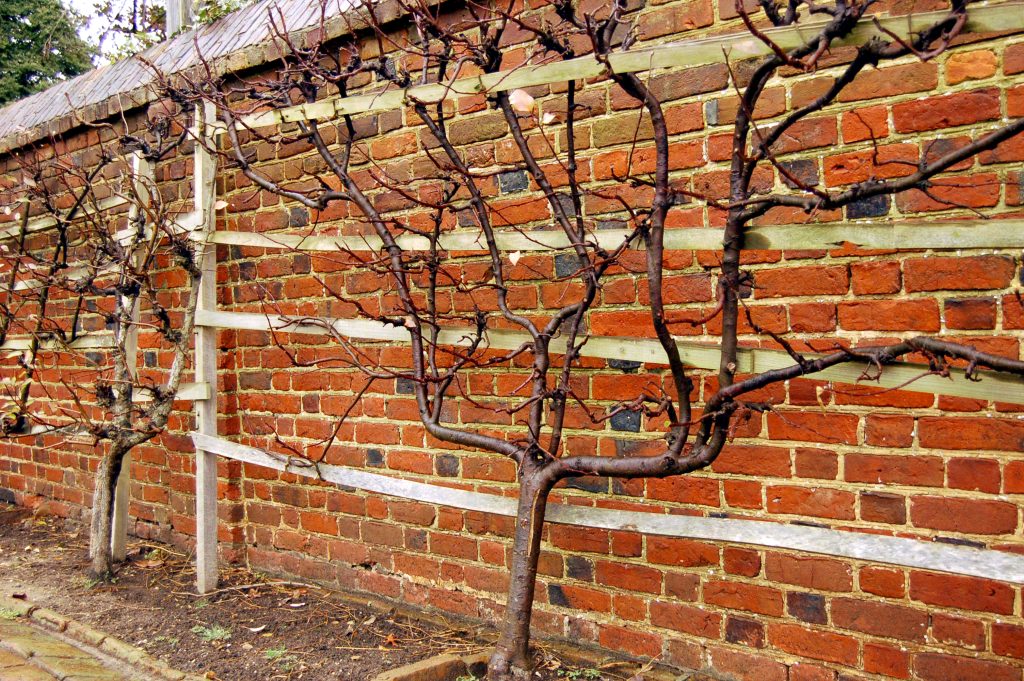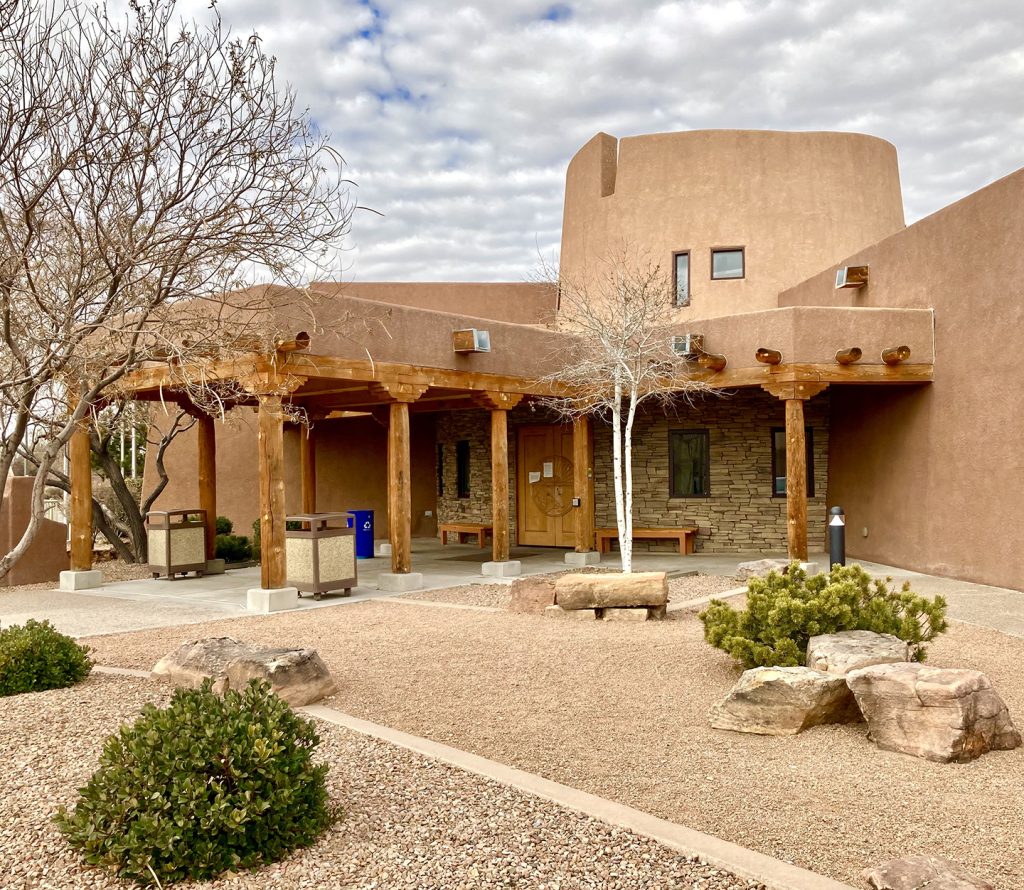
Unless you saved seeds from last year’s successful crops, you’ll need to get them from others. Considerations for your choices might include: preserving genetic diversity, drought tolerance, heat tolerance, disease resistance, productivity, ability to save seed for replanting, elevation adaptation (toleration for temperature variability). Here are labels – some overlapping – to consider as you buy seeds.
Wild: undomesticated ancestors of crops that are bred and adapted by human farmers for their own preferences, such as wild mustard or teosinte grass (mother of corn). Available from www.restorationseeds.com.
Land race: indigenous to a particular geographic location or adapted to an area following more than 100 years of selection and seed saving, such as Chimay or Sandia Pueblo chilepeppers. Available through www.nativeseeds.org and www.rockymountainseeds.org.
Heirloom: adapted and culturally significant to land-based cultures (mostly indigenous) such as strawberry popcorn or bolita beans. Open-pollinated and curated over generations. May overlap with “land race.” Examples: Big Jim or Poblano chilepeppers. Available www.trueleafmarket.com, www.superseeds.com.
Open-pollinated: seed saved from the parent plant will grow with the same characteristics (taste, color, shape) if care is taken to prevent cross pollination with other varieties. Bred naturally by wind, insects, animals or human hands.
Organic: untreated, not genetically modified, and grown/processed without herbicides or pesticides to standards set by the U.S. Department of Agriculture. Available through seedalliance.org, edenbrothers.com, www.harrisseeds.com
Determinate/indeterminate: indeterminate plants produce a continuous harvest throughout the growing season, while determinate ones mature their fruit all at once, which makes for more efficient preservation.
High-desert: plants are adapted to elevations over 3500 feet in the Southwest, often early-maturing to fit short growing seasons in mountainous regions. Example: Zuni gold bean or Green Beauty snow pea. Available www.highdesertseed.com
Hybrid: cross-pollinated varieties whose seeds may not exhibit same traits as the first generation but may be more vigorous, productive or disease-resistant than the parent strains. Hybridization can affect nontargeted traits like protein content in beans and corn, for example. Example: mammoth or kong sunflower. Available www.pioneer.com.
Treated: biologically, chemically or physically altered to protect from fungus and/or insects or to make the seeds larger and easier to handle. May have a white coating and cost more, but may have a higher rate of germination. www.SeedsNSuch.com says their seeds are “always untreated & non-GMO.”
Genetically modified (GMO) aka genetically engineered: have had their genetic makeup altered to include desirable traits from other organisms or to survive herbicide spraying. Patented and not generally available to nonfarmers, they often do not produce viable seed and cause 65 serious health risks. Common GMO crops include canola oil, cotton, soybeans, and corn. by Donna Detweiler



